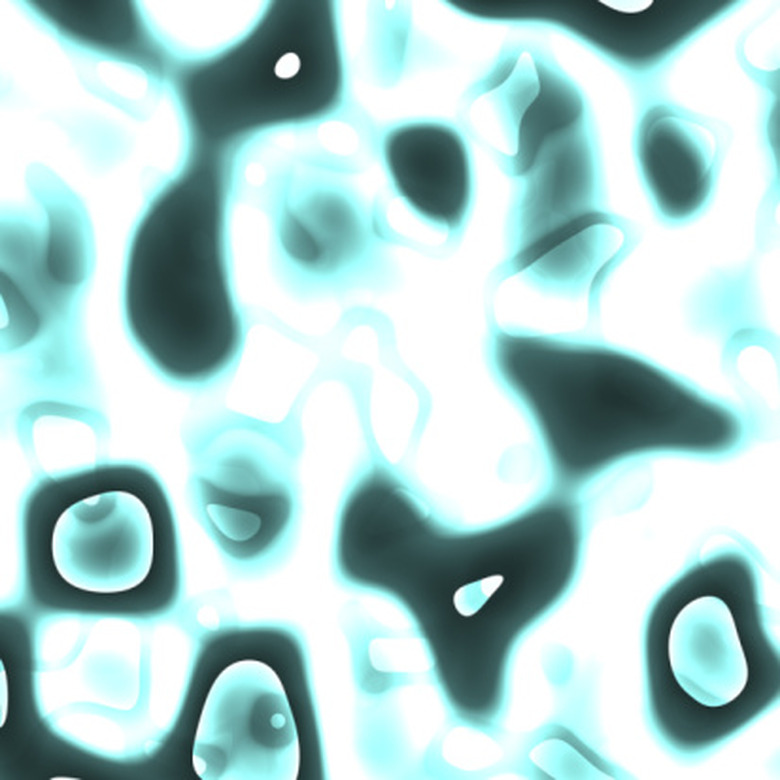What Are Good Protists?
Protist is the name of a taxonomic kingdom of one-celled and multi-celled organisms that includes protozoa (microscopic animals), protophyta (microscopic plants) and fungus-like slime molds. Many protists are harmful to humans, other animals and plants because they cause diseases and crop failures. However, some protists are actually beneficial to other creatures and are used by humans for various purposes.
Protozoa
Protozoa
Almost all of the harmful, disease-causing protists that exist belong to the category of protozoa. Despite that fact, many protozoa are actually very beneficial to the process of nutrient enrichment and nitrogen fixation in soil. Many different species of protozoa, bacteria and fungi break down organic matter in the soil and produce nitrogen and other nutrients, which are deposited into the soil. Plants use these nutrients to spur growth.
Green Algae
Green Algae
Green algae are microscopic, plant-like organisms that produce energy via photosynthesis. They are exclusively found in the group Chlorophyta, which also includes multicellular plants. Green algae are an important food source for fish classified as algaeeaters. Green algae are generally harmless and even beneficial; however, if an algal bloom occurs in a body of water, it can cause a mass die-off of the aquatic creatures in that area.
Brown and Red Algae
Brown and Red Algae
Phaeophyta, or brown algae, are also beneficial types of protist. These include algae such as kelp. These algae are food sources for fish as well as humans. They have large amounts of iodine, which is a necessary nutrient for life. Brown algae are also a source of alginate, an ingredient used in food production. The other category of algae is red algae Rhodophyta, is used to make nori, the seaweed wrap component of sushi.
Slime Mold
Slime Mold
Slime mold is a very unusual lifeform. It is typically classified as a protist, however it has several characteristics that similar to plants, fungi and even animals. Slime molds are composed of unicellular organisms that form a large supercell colony of organisms. They are not generally harmful organisms and are even beneficial in that they eat decomposing plant matter. Scientists often study slime molds in order to gain a greater understanding of plant and fungi evolution.
References
- "Protist Diversity and Geographical Distribution (Topics in Biodiversity and Conservation)"; W. Foissner; 2009
- "Antarctic Marine Protists"; Fiona J Scott; 2005
- Biology Reference: Slime Molds
Cite This Article
MLA
Cato, Jeremy. "What Are Good Protists?" sciencing.com, https://www.sciencing.com/good-protists-8541272/. 24 April 2017.
APA
Cato, Jeremy. (2017, April 24). What Are Good Protists?. sciencing.com. Retrieved from https://www.sciencing.com/good-protists-8541272/
Chicago
Cato, Jeremy. What Are Good Protists? last modified March 24, 2022. https://www.sciencing.com/good-protists-8541272/
